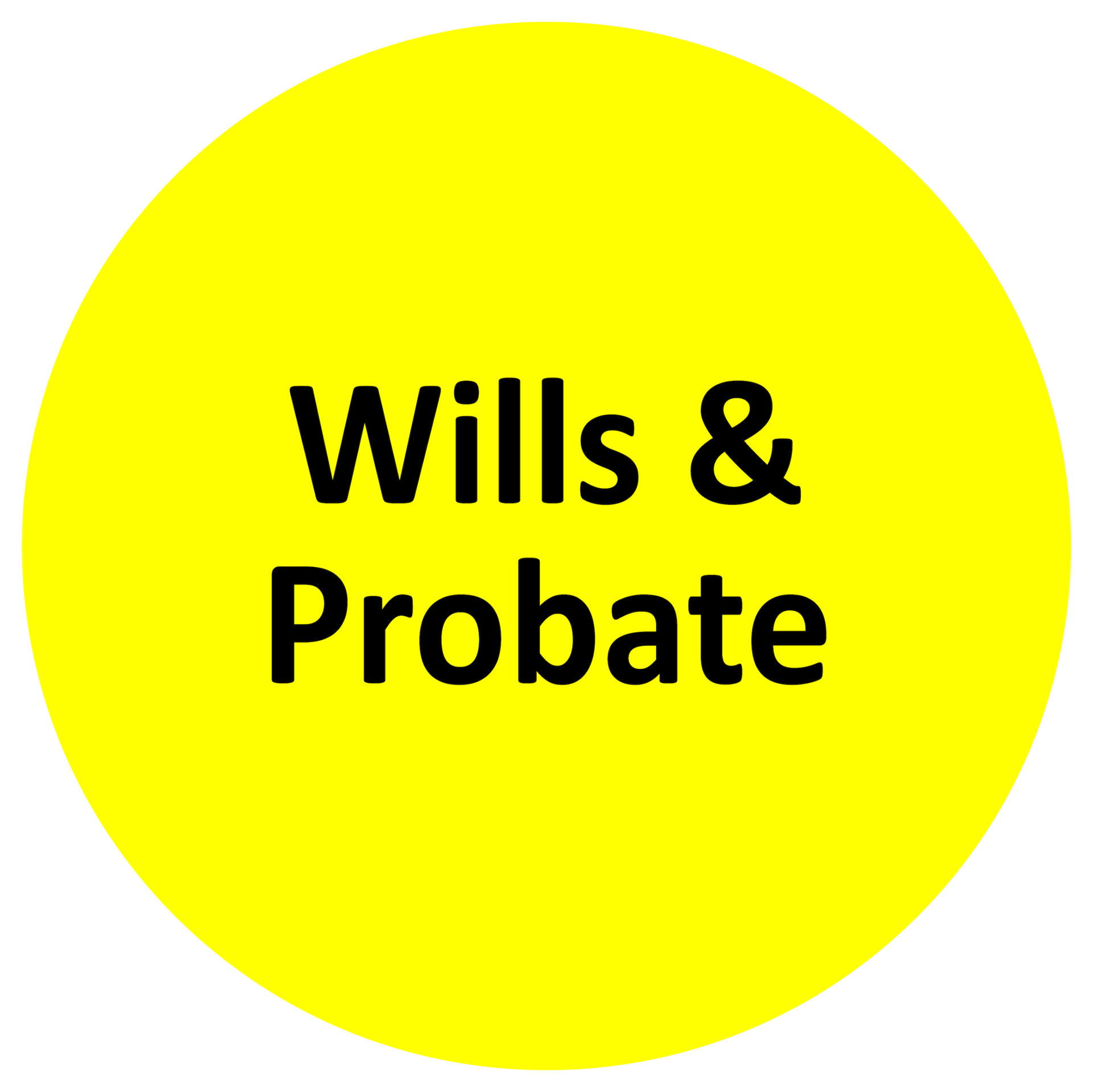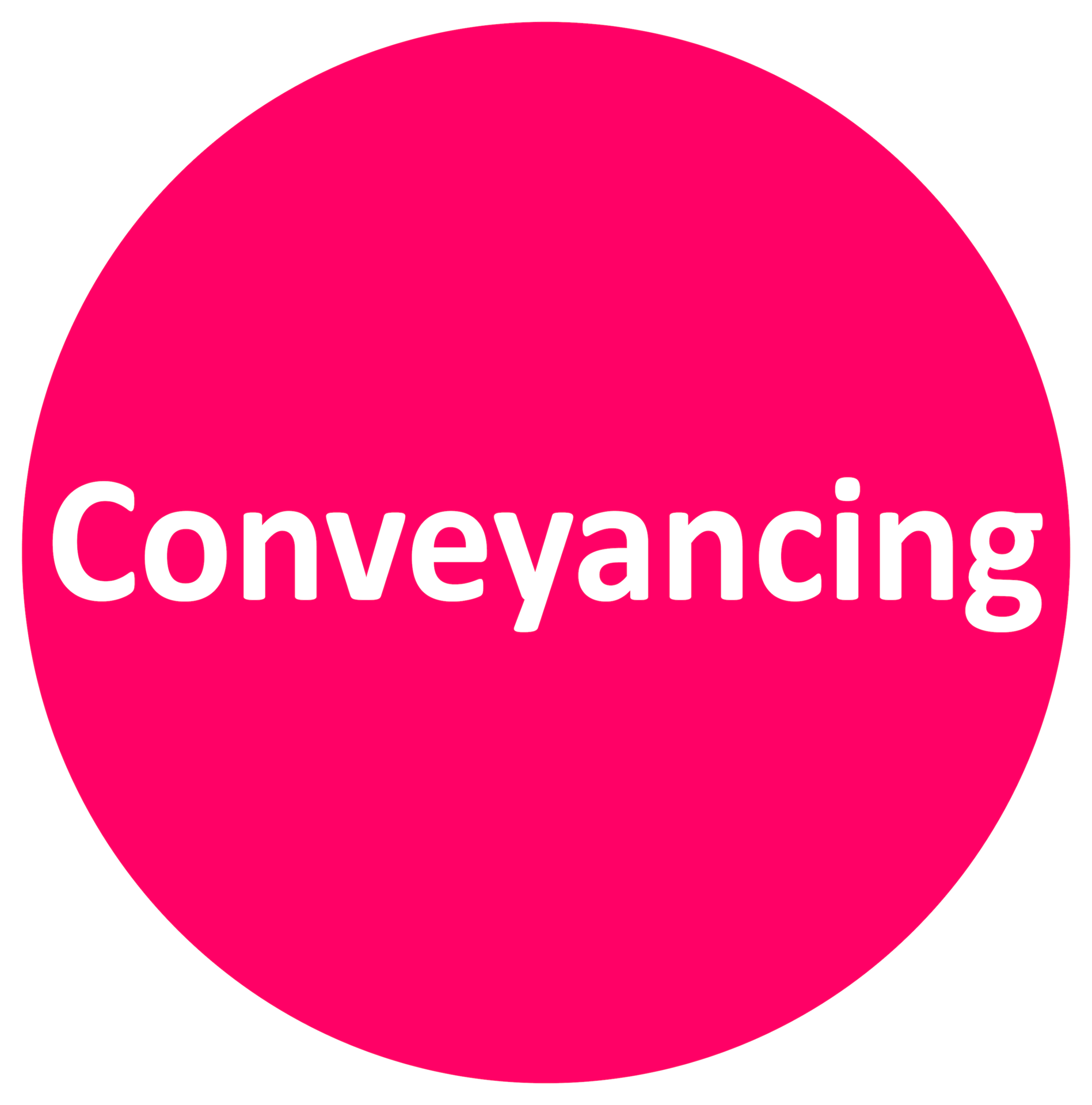Buying or selling a house? Welcome to the great fixtures and fittings debate!
Posted on 17th December 2019
When you are buying or selling a property, you’d imagine it being quite obvious what’s being left behind, or indeed, what you think, as the vendor, you should be leaving behind for the happy new owners. It is, at times however, not all that simple.
The huge sheep garden ornament, or the chandelier on the landing- all fixtures that you are legally bound to leave with the property, right? Well, not always. You see, when you are selling your house, your property solicitor will make sure that you complete a ‘Sellers’ Property Information Form (Form TA6, found here), in addition to Form TA10, a Fittings and Contents Form. Form TA10 is completed the vendor, and allows the buyer to see exactly what will remain in the property when they see it again, as, when looking round a property, the buyer doesn’t always remember to ask such things.
So, what is a fixture, and what is a chattel? Surely there are some easy to follow rules?
‘Fixtures’ are those material things which are physically attached to land so that they become part of the property being sold. An object which becomes a fixture merges, or becomes part of, the land and accordingly passes automatically to the purchaser, unless they buyer and seller agree otherwise. The logic behind that is that if an item has formed part of the land, then it is difficult to remove, could damage the property if it is removed, and, well, common sense should prevail.
A chattel on the other hand is a physical object which never becomes attached to the land even though placed in some close relation with it and so does not pass with the sale of the property.
Fixed-fee Conveyancing Solicitors:
MG Legal's leading coveyancing solicitors offer an unmatched service, and clear, fixed-fee rates. Our team put your first, and work with care to ensure that your property matters go smoothly, with no hidden costs. Call us today so speak to a conveyancing solicitor: 01995 602129

Get in touch today to speak to a Conveyancing Solicitor.
Our team of property solicitors in Lancaster once had to commence legal action (and won, may we add) against a seller who had taken items from the property, that they deemed to be chattels, after they had indicated that they were indeed to be left in the property, for use by our client. Obviously, our property solicitors are not the only ones who have been subject to a legal wrangle, and over time, the common law has given us two tests for determining whether an object is a fixture or a chattel: The criteria for determining whether the chattel is affixed to the land and became a fixture was stated by Wooding C.J. in Mitchell v Cowie (1964) 7 WIR 118. They are:
A house maybe a chattel or a fixture depending on whether it was intended to be part of the land on which it stands. But the intention is to be determined objectively rather than subjectively.
To distinguish whether it is a chattel or fixture, consideration whether the house is affixed to the land or not must be taken into account.
If the house is not affixed to the land but rather rests on its own weight then is will be generally deemed to be a chattel unless it can be proven that it was intended to be part of the land.
If it is affixed to the land then it will generally be held to be a chattel unless it can be proven that it was intended to be a chattel for the remainder of its existence.
Cases such a Teaff v Hewitt (1853) 1 Ohio St. 511 among others established that the guiding principle is the intention which the object is affixed to the realty. Factors to consider are:
The relation of the land of the party making the annexation.
The degree of annexation
Purpose of annexation
Damage to the land and the chattel on removal
Custom and usage
For ease and convenience, Form TA10 gives the seller the chance to make it clear what’s being offered for sale. However, to the chagrin of your local property solicitors, whilst this may clarify matters, the seller and buyer may not always see eye to eye on what’s being left, contractually, and what should be left, subject to the two common law doctrines that have evolved over time. In the event of any dispute, the seller’s and buyer’s respective property solicitors can advise their clients of the, arguably, three options available to them: Negotiate, using case law and common law to prove that the items in question are fixtures, and should be left; offer to sell/buy the goods in question; walk away from the sale or purchase and find a new buyer or, in the case of the buyer, a new house to purchase.
To simply matters further Form TA10 breaks items down into categories such as basic fittings kitchen (are they leaving the all important washer-dryer), bathroom, bedrooms, carpets (yes, our property solicitors in Preston have had to negotiate the inclusion of carpets on the odd occasion), curtain and curtain rails, light fittings (remember that chandelier you liked?), fitted units, and outdoor area (including garden furniture, and ornaments), and television and telephone.
To be honest, if you have a decent local conveyancing solicitor, then your property sale and purchase should complete seamlessly. Whilst our team cannot control the actions of a third party, they are in the habit of chasing the other side’s property solicitor to make sure that they are doing their job.
If you are buying or selling a property, or have any property-related questions, then please do not hesitate to get in touch with our property experts, online, or by ‘phone. If you’re local, then please just drop in.
Contact Us Today:
Or give us a call on 01995 602129

Clear, fixed-fees

Fully-Qualified Conveyancing Solicitors

Tailored Service

Multiple Office Locations

Decades of Experience

Home Visits
MG Legal- Your Local Solicitors
Tagged as: Conveyancing Solicitors Longridge, Lancaster Law, Preston Property Law, Your Local Solicitors
Share this post:




